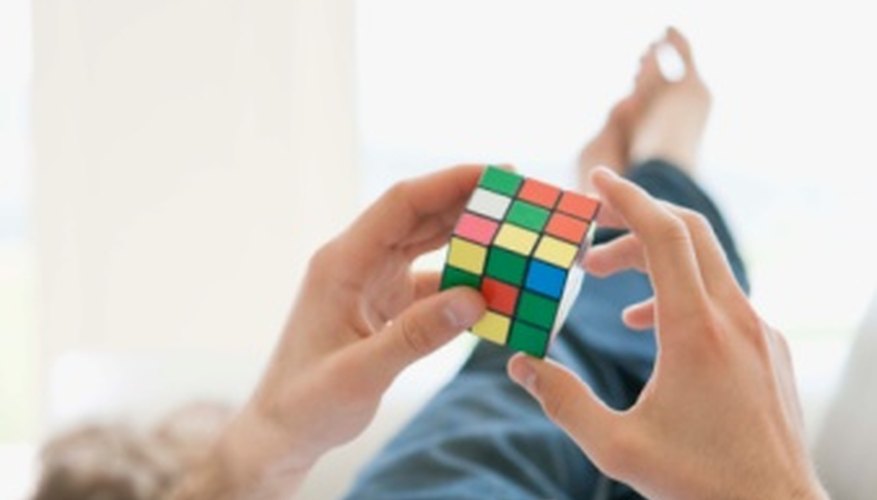
This idea was created from a move-optimal solution from a 4x4x4 computer solver, so it’s more magical than the previous route. r2 F2 U2 y z' u2 L' u2 L R u2 R' u2 z y' 2R2 U2 F2 r2 U.

For example, the moves in bold font in the following sequence make up the stated 7 move opposite PLL parity algorithm. Split it up into two parts: (2R2 F2 U2)(2R2 U2 F2 2R2). Here’s the science behind it.)īreak up a specific type of opposite PLL parity algorithm into several pieces, and then insert 4x4x4 moves in between, before, and after every piece. But all other moves are 3x3x3 (outer-face only) moves: 2R2 F2 U2 2R L F2 L' F2 R2 U2 R U2 R 2R U2 F2 2R2 R2 F2 U2 F2 U2 R' F2.(This isn’t magic. For example, the moves in bold font in the following sequence make up the 7 move opposite PLL parity algorithm stated above. Insert 3x3x3 (outer-face only) moves “at random”. Split it up into two parts: (2R2 F2 U2 2R)(2R U2 F2 2R2). Start with the opposite PLL parity algorithm 2R2 F2 U2 2R2 U2 F2 2R2. Therefore, it should be clear that we just started with a modified PLL algorithm which broke up the four wing edges rather than keeping them paired in two composite edges like regular PLL algorithms do.)īreak up a specific type of opposite PLL parity algorithm into several pieces, and then insert 3x3x3 (outer-face only) moves in between, before, and after every piece. ( Opposite PLL Parity is just one of 58 possible last layer 2 2-cycle cases. Fw' U2 Rw Fw Rw' U Rw Fw' Rw' U Fw U.Ĭombine it with a 2 2-cycle of wing edge algorithm which solves the four wing edges back directly: 2R2 B2 U 2L2 U' 2L2 U 2L2 U' B2 2R2 to get this combo. Make the following subset of its turns into wide turns. Start with the J-Perm such as F' U2 R F R' U R F' R' U F U. This method is similar to combining opposite PLL parity with a T-Perm.
RUBIK CUBE FLIP TWO CORNERS HOW TO
( This is a video tutorial I made in the past which explains how to extract such a T-Perm from OLL parity algorithms.) To get Rw2 R U2 R U2 R' U2 Rw' U2 Rw2 U2 Rw2 U2 L Rw' U2 R' U2 R U2 L' Rw2. Then cyclically shift (rotate the moves of the algorithm clockwise or counterclockwise) until no centers are discolored. Start with a non-pure PLL parity algorithm like this and add a particular T-Perm to it to get something like this. The moves in bold font are obviously a PLL parity algorithm, and the rest of the algorithm is this special type of T-Perm. If we only use a different type of T-Perm and insert the shortest opposite PLL Parity algorithm inside of it, we can apply the above technique (insertion) to create the shortest possible adjacent 2-corner swap algorithm such as F2 R2 B' D' B R2 F' U F' 2F2 L2 2F2 l2 2F2 2L2 U' (an algorithm found by Clément Gallet). (This is called an insertion in FMC ( Fewest Move Challenge).) Insert an opposite PLL parity algorithm inside of it, instead of before or after it. Start with an alternate PLL, like a V-Perm. This is the same idea as the first method, if you already know PLL ( P ermutation L ast L ayer). (Where r in this notation means Rw = (Rr) in other notations.)Īpply an opposite PLL parity algorithm like u2 r2 U2 2R2 U2 r2 u2 then execute a specific 3x3x3 algorithm like a T-Perm PLL afterwards.

If you already know the last layer corner 3-cycle algorithm (used in many beginner 3x3x3 methods), R U' L' U R' U' L U, you can simply convert the R move into a wide turn (turn the right inner and outer layers at the same time), add a U move, and repeat the sequence, r U' L' U r' U' L U U, 9 times. I will start with the easiest routes and progress towards more advanced.Īpply an opposite PLL parity algorithm such as u2 r2 U2 2R2 U2 r2 u2 (click the link to view the animation) to the last layer and then solve like normal.


This post is to show (those who are unaware that there is more than one way) alternate ways to do this. There are a number of ways to swap two corners on a 4x4x4.


 0 kommentar(er)
0 kommentar(er)
